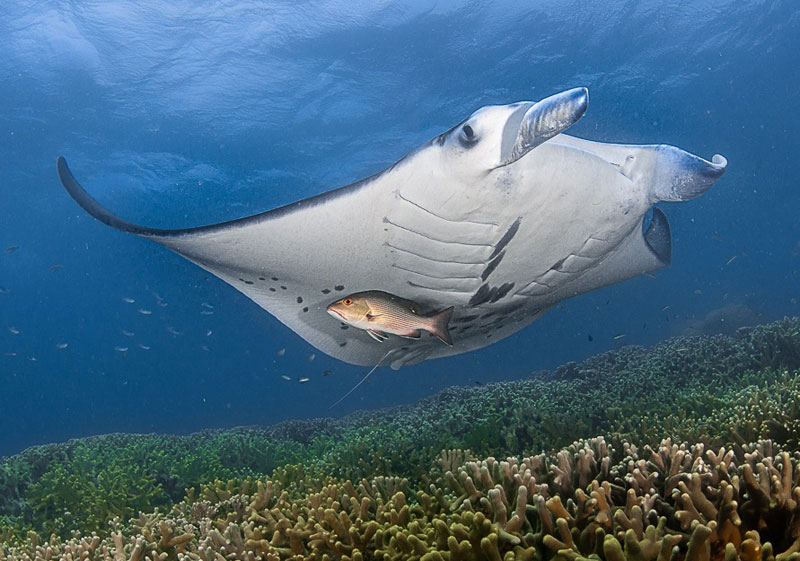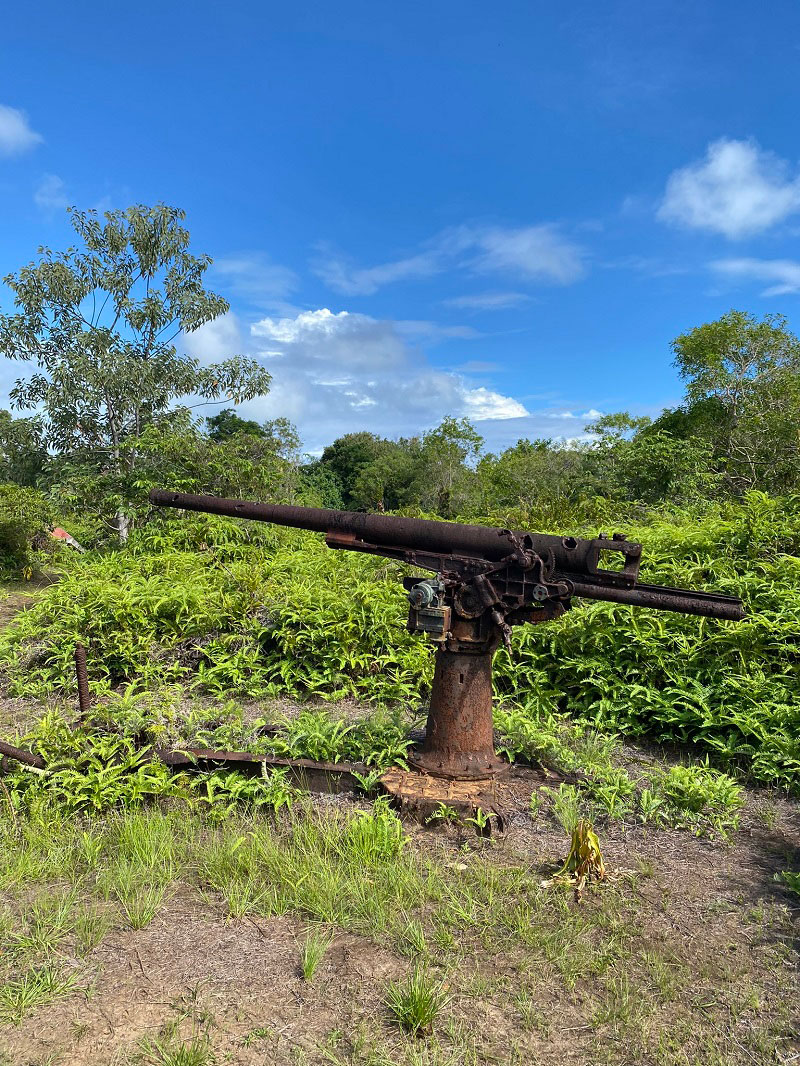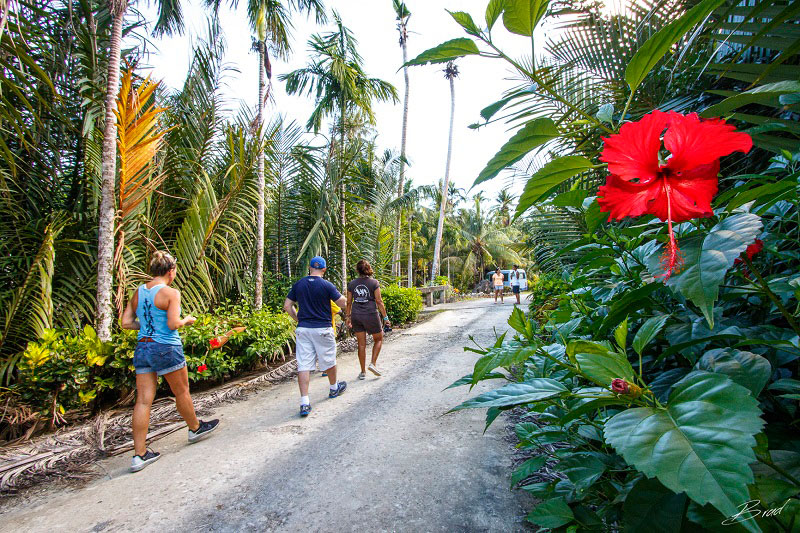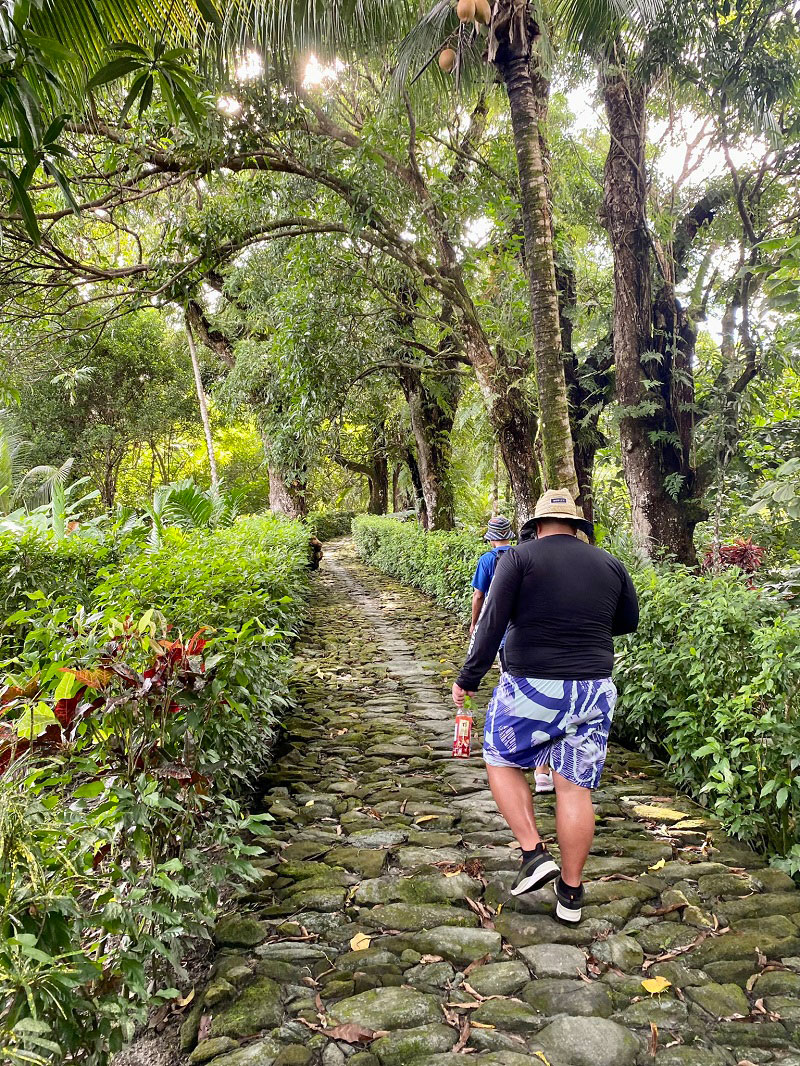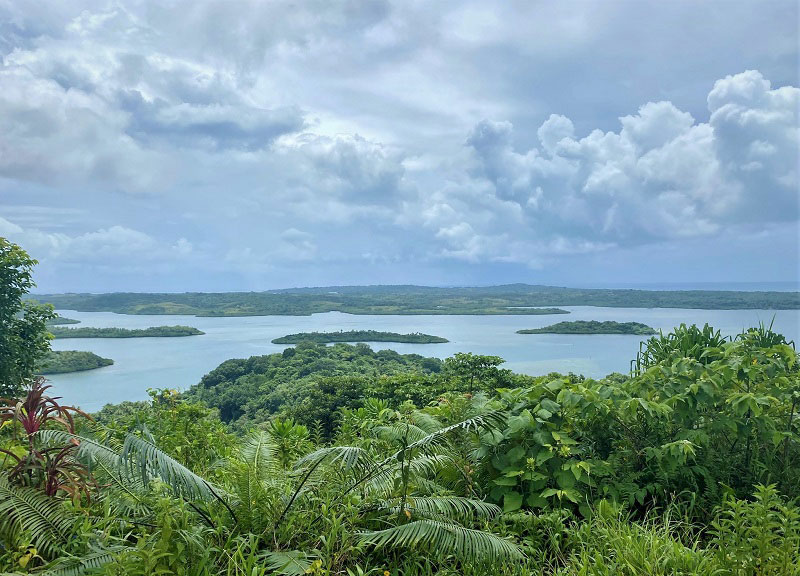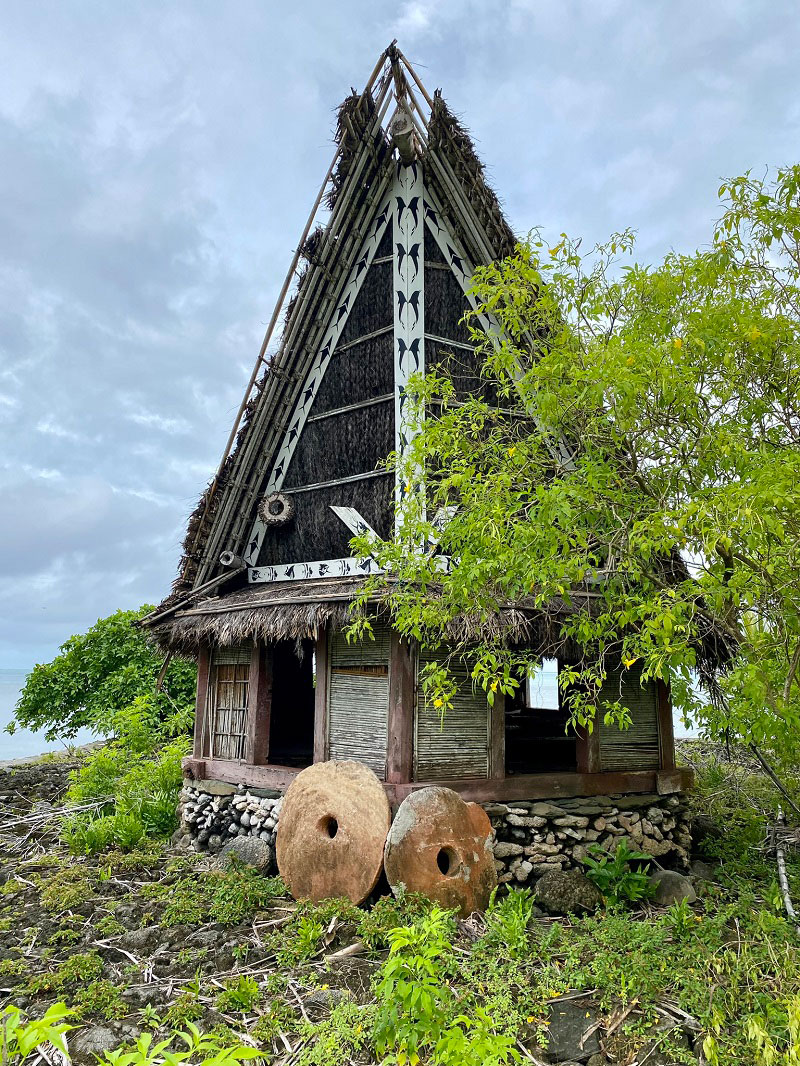YAP

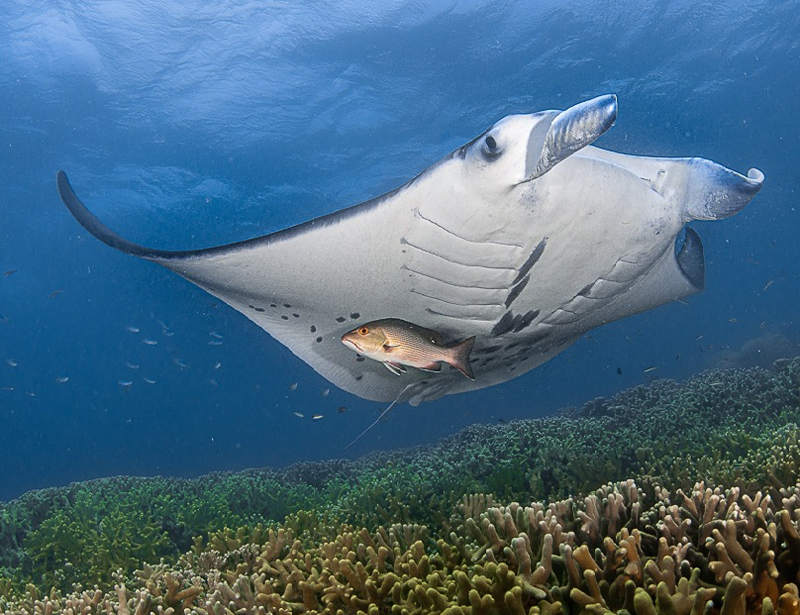
Yap Diving and
Photography Report
Micronesia E-Brochure
Events & Happenings
Travel Tips
Yap Photos
Yap Videos
Discovering Yap - Yap Visitors Bureau
Yap Visitors Bureau: New Leadership
Book Your Travel
Travel Deals & Promo's
Share this Page
Subscribe to Information
Already Visited Yap?
Share Your Experience


Yao Visitors Bureau
Bldg#1 YVB Main Drive
P.O. Box 988, Colonia,
Yap FSM 96943
Telephone:
(691) 350-2298/5005
Fax:
(691) 350-7015
Email:
[email protected]
Website:
www.visityap.com
"THE ONLY PLACE ON EARTH
WHERE NATURE IS IN
HARMONY WITH THE PEOPLE,
CULTURE, AND TRADITION"

Yap, known as the Land of Stone Money, is a wonderful mix of past, present, and future, where an ancient culture exists side-by-side with the 21st century. In Yap, we like to say ‘there are no tourists, only new visiting friends’, so come and visit Yap as a new friend.
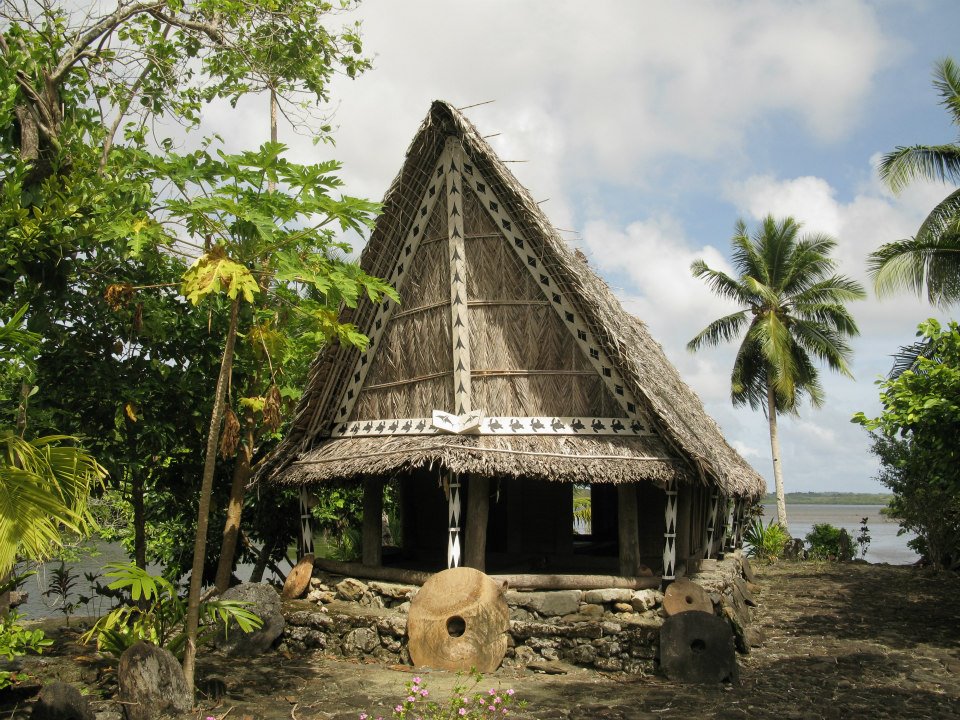 There is NO VISA requirement to enter into Yap, except a valid passport within 6 months period, and a round-trip airfare ticket.
There is NO VISA requirement to enter into Yap, except a valid passport within 6 months period, and a round-trip airfare ticket.
Yap is served twice a week from Guam with United Airlines and once a week from Palau with PMA
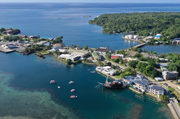 Yap offers a small variety of well-appointed accommodations for visitors. From the full-service Manta Ray Bay Resort and ESA Bay View Hotel to the cozy O’Keefe’s Waterfront Inn, Yap Bayside Inn and Hiltop Motel.
Yap offers a small variety of well-appointed accommodations for visitors. From the full-service Manta Ray Bay Resort and ESA Bay View Hotel to the cozy O’Keefe’s Waterfront Inn, Yap Bayside Inn and Hiltop Motel. 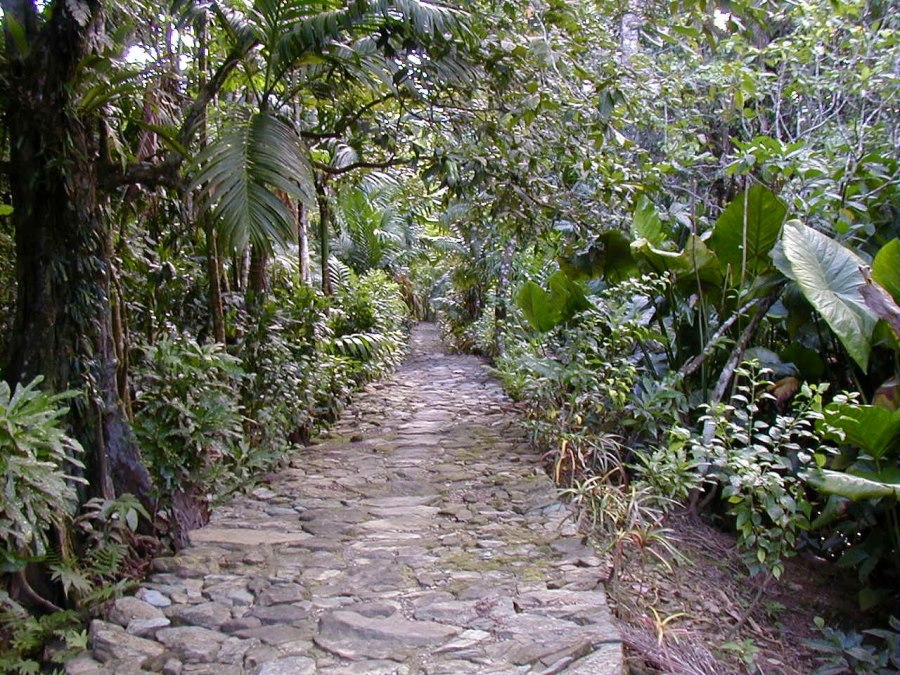 There are car rental agencies & taxis to take visitors around. There is also a public transportation system (BUS) that caters to local residents to commute to work, and also for students to go to schools.
There are car rental agencies & taxis to take visitors around. There is also a public transportation system (BUS) that caters to local residents to commute to work, and also for students to go to schools. Yap is known as a premier dive destinations, about 90% of arrivals are scuba divers. Manta Ray, Mandarin Fish, sharks, turtles, corals, caves, caverns, drop-offs, soft/hard corals, gardens, etc., are the highlights of diving.
Yap is known as a premier dive destinations, about 90% of arrivals are scuba divers. Manta Ray, Mandarin Fish, sharks, turtles, corals, caves, caverns, drop-offs, soft/hard corals, gardens, etc., are the highlights of diving. Cultural/Natural products such as stone paths, hiking trails, stone money banks, local dances, local food, outrigger sailing canoes, kayaking, war relics and wrecks, beaches, flora and fauna, aerial views, etc., are also developed to cater to the non-divers.
1. Scuba Diving with Mantas – Uniquely, Yap is home to one of the few Manta Ray Sanctuaries in the world and is a place where you can consistently encounter these majestic creatures year-round. Dive into our clear waters as observe these gentle giants as they come into the lagoons each day to feed and to have their bodies cleaned by small fish at areas called cleaning stations. During mating season from December to April, they form a train-like chain as the males follow the females in a state of courtship. Beyond mantas you can do shark dives, witness the mandarin fish mating ceremony, and encounter green sea turtles, dolphins and even pilot whales.
2. VillageCultural Heritage Tour – A village tour is the ideal way to experience Yap’s traditional culture and heritageand to learn about the traditions of the Yapese people. View traditional men’s houses and ancient stone money discs unique to Yap, and the stone money banks where they are displayed. Participate in local ceremonies and dances andlearn traditional skills such as coconut rope making, basket weaving and traditional medicine usage. Learn about traditional navigation and the methods and skills of building the local canoes. Savour Yapese cuisine of delicacies made from taro, breadfruit, fresh seafood and tropical fruits. Make sure and try the local ceviche as well as tuba, the locally fermented alcohol made from coconut flowers.
3. Explore Yap’s Rich World War II History – Strategically located between the Philippines and Guam, Japanese-occupied Yap was targeted almost daily by American aircrafts from June of 1944 to August of 1945. This has resulted in several historical sites and wreckages on land and in the water that offer visitors a profound glimpse into the island's wartime past. Numerous historical marker signs dot the island identifying 15 accessible sites with plane wreckages, gun batteries, bunkers, tunnels and memorials to fallen soldiers.Pick up a copy of the special World War II brochure from the Yap Visitors Bureau.
4. Hiking and Walking – Hike the popular3.5-mile (5.5 km)Tamilyog Trail in the middle of the island that connects the village of Kanif on Yap’s West coast to the village of Dachangar over the hill. This hike is of moderate intensity and can be done in under 1 hour or you can spend may hours observing the plant life, many species of birds and lovely views of hills and the sea. You can also opt to doing shorter hikes/walks around the capital Colonia on ancient and unique stone walking paths. Here you will pass numerous stone money discs and even a stone bank, beautifully lined with lots of flowering plants, trees and other vegetation.An uphill trek along the road to the wind farm turbines overlooking Colonia is also a good hike, offeringstunning panoramic viewsof the capital, the bay and some World War II historical sites.
5. Rumung Island Tour – Tour the smallest and northernmost island that makes up Yap proper which hosts the largest stone money in all of Yap. A very scenic 15-minute boat ride from Colonia through the mangrove channel and some open sea gets you to Rumung where you will be greeted by an impressive men’s house. A very scenic walk on a centuries old stone path provides encounters with the three (3) largest stone money discs on Yap, stone money banks and a small Japanese WWII shrine. A beautifully designed and adorned community house is at the end of the walking part of the tour, where refreshing coconuts are served. This tour can also be expanded to offer swimming, snorkelling and a picnic lunch on a nearby beachbefore returning to Colonia.
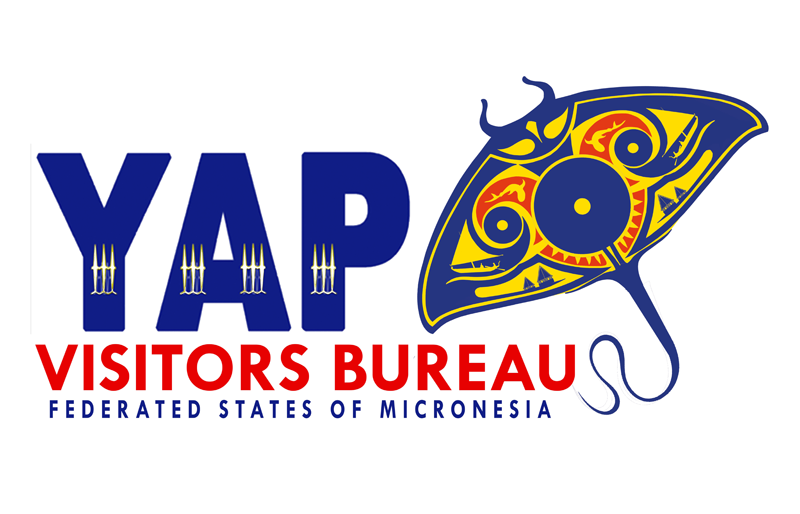
Yap’s Time Zone:
GMT +10:00
Current Weather
at the Capital

Current Population:
Yap Main Island is about 8000,
and the Outer Islands is about
4000 so the whole State
population is about 12000.
Capital:
Colonia
Official Currency:
US dollar is used in the stores, but Yap has its own ‘Stone Money’ that is used only for traditional exchanges.
Official Languages:
English is the official language that is spoken almost everyday, but there are four (4) other main languages spoken such as Yapese, Ulithians, Woleaians, and Satawalese.
Political Status:
Yap is a democratic type of political system with the Freely Associated with the US Government.
There are only two ‘gateways’ into Yap;
(1) Guam is about an hour and 20 minutes away, and
(2) Palau is about 45 minutes away.
Interesting Facts
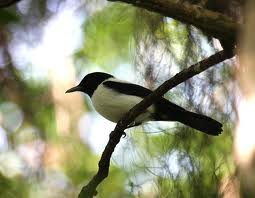
Yap's State Bird
Gigiy, the Yap Monarch is found only on Yap.
Among Yap’s birds species are two endemic ones: The crisp
black and white Yap Monarch and the Yap Greater white-eye,
species likely to be raised to full endemic species status.






